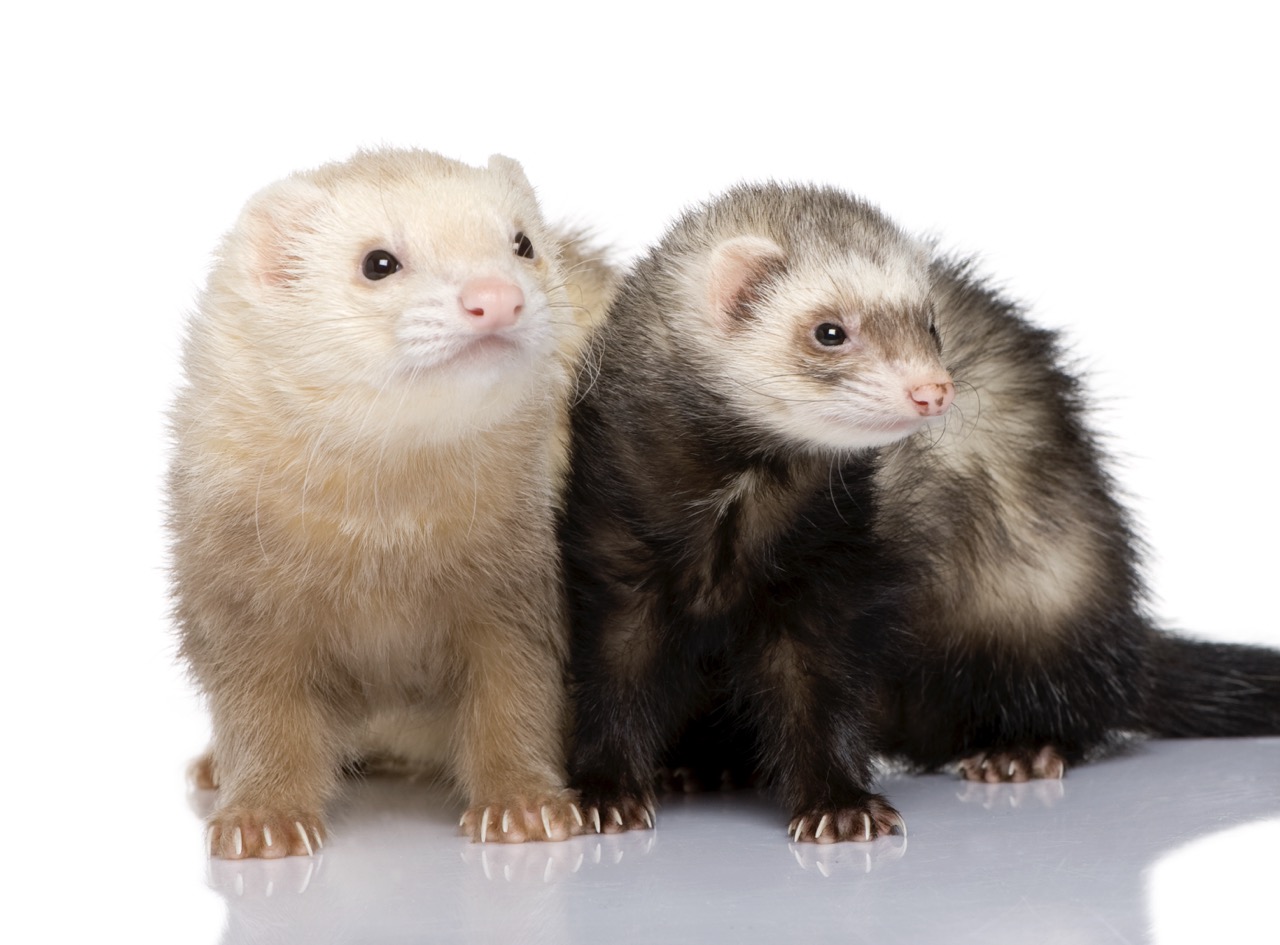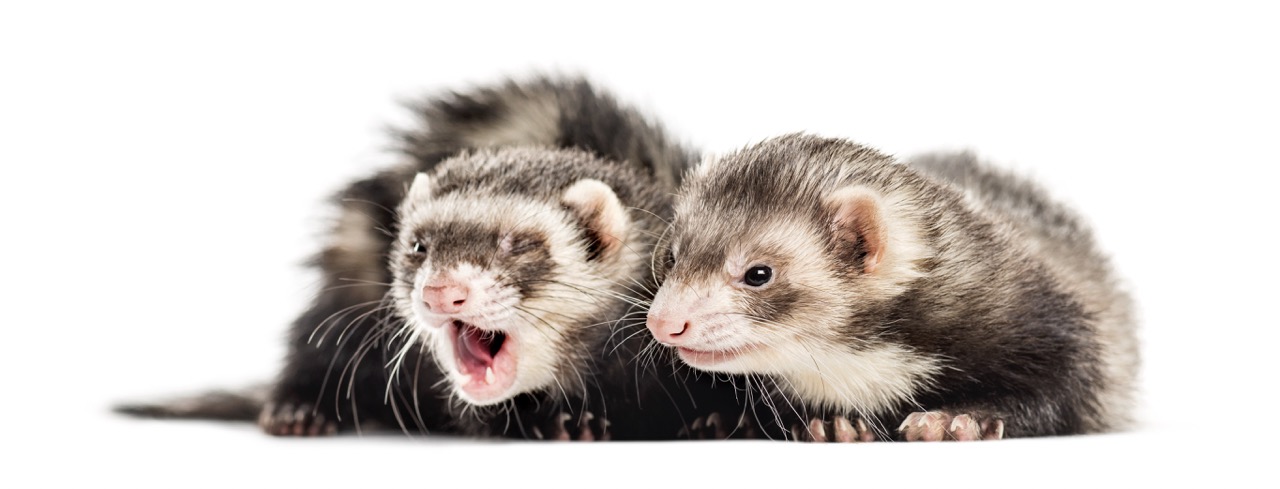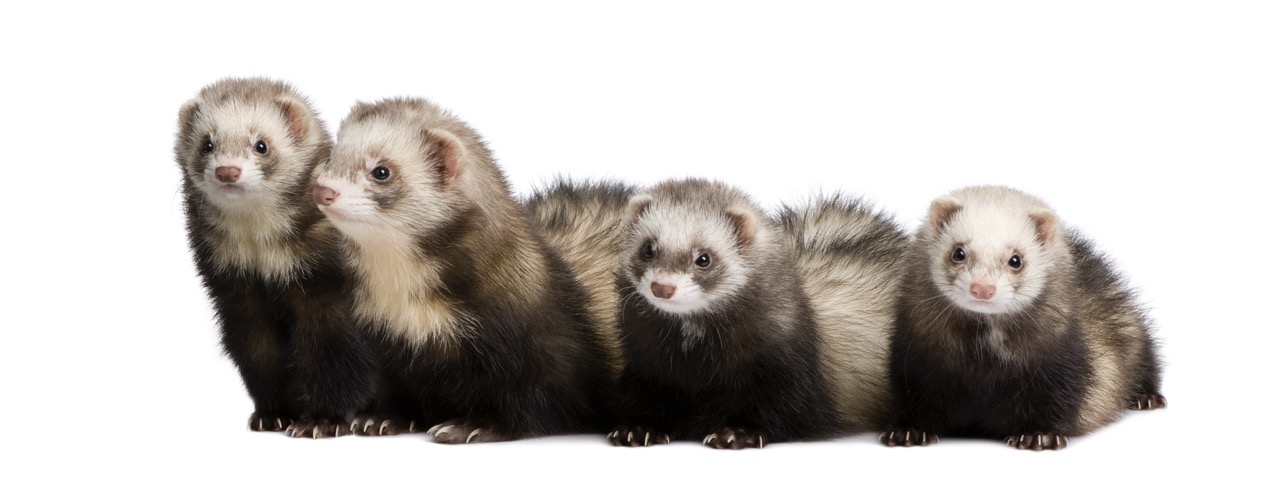As the winter months roll in, pet owners face the challenge of ensuring their ferrets remain comfortable and healthy during the colder weather. Ferrets are naturally energetic and curious animals that thrive in warm environments. When temperatures drop, it becomes crucial to provide a habitat that meets their needs. This article will guide you through understanding ferret comfort needs during winter, essential cage setup tips for cold weather, safe heating options, and maintaining proper humidity levels.
Understanding Ferret Comfort Needs During Winter Months
Ferrets have a higher tolerance for colder temperatures compared to other pets, but they still require a suitable environment to thrive during winter. Ideally, ferrets do best in ambient temperatures ranging from 60°F to 70°F (15°C to 21°C). Prolonged exposure to temperatures below this range can lead to health issues, such as hypothermia or lethargy. Therefore, understanding their comfort needs is essential for any ferret owner during the winter.
Another key aspect of ferret comfort is their natural instincts to burrow and create a secure, warm space. Ferrets enjoy cozy spots that mimic their natural habitat. Providing soft bedding materials and enclosed spaces in their cage can help them feel safe and snug, especially during colder months. It’s important to observe your ferret’s behavior; if they are frequently seeking warmth, it may indicate that their environment needs adjustment.
Lastly, ferrets are social animals and benefit from interaction and playtime. During winter, it can be tempting to keep them indoors for longer periods, but mental stimulation and exercise are vital for their well-being. Regular playtime outside of the cage can help them maintain their energy levels and overall health, even when it’s chilly outside.
Essential Cage Setup Tips for Cold Weather Conditions
To keep your ferret cozy during winter, it is crucial to optimize their cage setup. Start by placing the cage in a warm, draft-free area of your home. Avoid placing it near windows or doors that may let in cold air. Additionally, consider adding insulation around the cage, such as blankets or fleece materials, to help retain warmth without obstructing airflow.
Next, choose appropriate bedding materials that provide insulation and comfort. Fleece liners are excellent for winter; they are soft, warm, and easy to clean. Avoid using cotton or straw, as these materials can become damp and cold, which may lead to discomfort or health issues. Provide nesting options, such as hammocks or igloos, where your ferret can burrow and feel secure.
Lastly, remember to monitor the temperature within the cage regularly. Use a thermometer to ensure that the internal environment stays within the recommended temperature range. If you notice significant drops in temperature, it may be time to consider additional heating solutions to ensure your ferret remains warm and comfortable.
Safe Heating Options to Keep Your Ferret Warm
When it comes to heating options for your ferret’s cage, safety is paramount. Many pet owners opt for heat mats designed specifically for animals. These mats can be placed underneath the cage or inside a designated area where your ferret can snuggle up and generate warmth. Ensure that the heat mat has a thermostat to prevent overheating and is made from chew-proof materials, as ferrets are known to nibble on everything.
Another option is to use a ceramic heat emitter, which emits warmth without producing light. This type of heating element can be mounted above the cage or in an enclosed area, providing a consistent warm environment. However, ensure that any heating setup is securely installed to avoid any hazards, such as burns or fires.
Finally, consider utilizing safe space heaters in the room where your ferret is kept. Make sure to follow safety protocols to keep your ferret safe from potential accidents. Position the heater at a safe distance from the cage and opt for models with built-in shut-off features that prevent overheating. Consistent warmth is essential, but safety should always be your primary concern.
Maintaining Proper Humidity Levels in the Cage Environment
In addition to temperature, maintaining appropriate humidity levels in your ferret’s cage is crucial during winter. Ferrets thrive in environments with humidity levels ranging from 40% to 60%. Cold air can often be dry, especially with indoor heating, leading to skin issues and respiratory problems for your ferret. Monitoring humidity will help create a more comfortable atmosphere for your pet.
One effective way to maintain humidity is to use a humidifier in the room where your ferret’s cage is located. Opt for a model that allows you to control the humidity levels easily. Additionally, keep an eye on your ferret’s skin; if you notice dryness or flakiness, it may be time to increase humidity in their environment.
Moreover, you can introduce moisture into the cage through some creative means. Consider placing a shallow dish of water inside the cage; this can help increase humidity naturally. However, ensure that the water is changed regularly to prevent stagnation and keep your ferret hydrated. By managing humidity effectively, you will help promote your ferret’s overall well-being during the cold winter months.
Creating a comfortable environment for your ferret during winter is essential for their health and happiness. By understanding their comfort needs, implementing essential cage setup tips, utilizing safe heating options, and maintaining proper humidity levels, you can ensure your ferret remains snug and content throughout the colder months. With the right care and attention, your ferret can enjoy a warm and cozy winter, filled with playful adventures and plenty of love.










